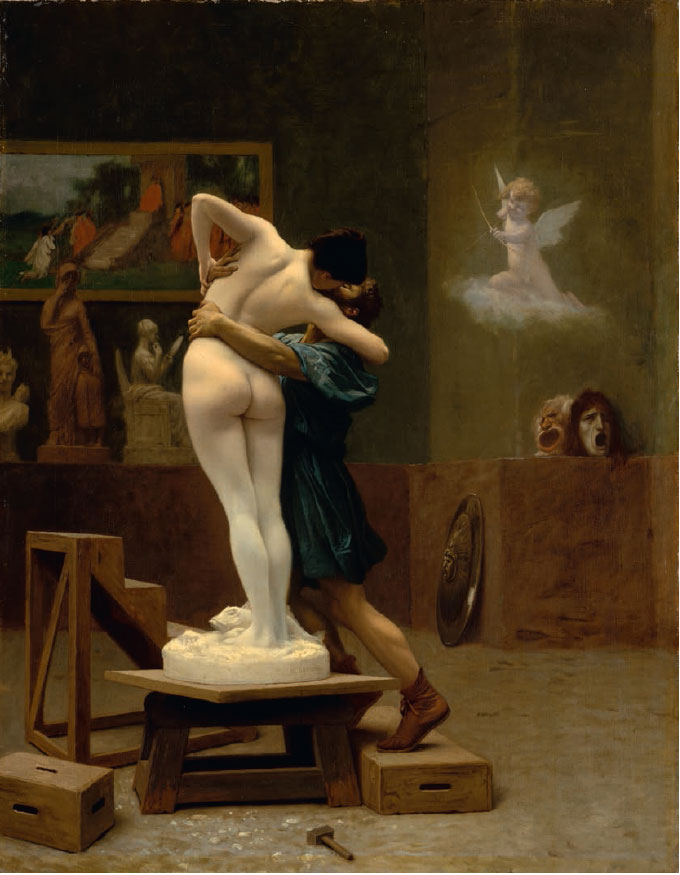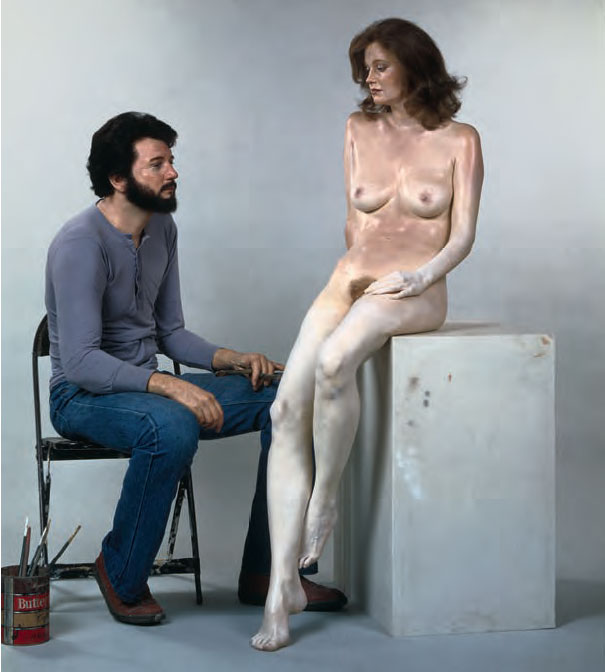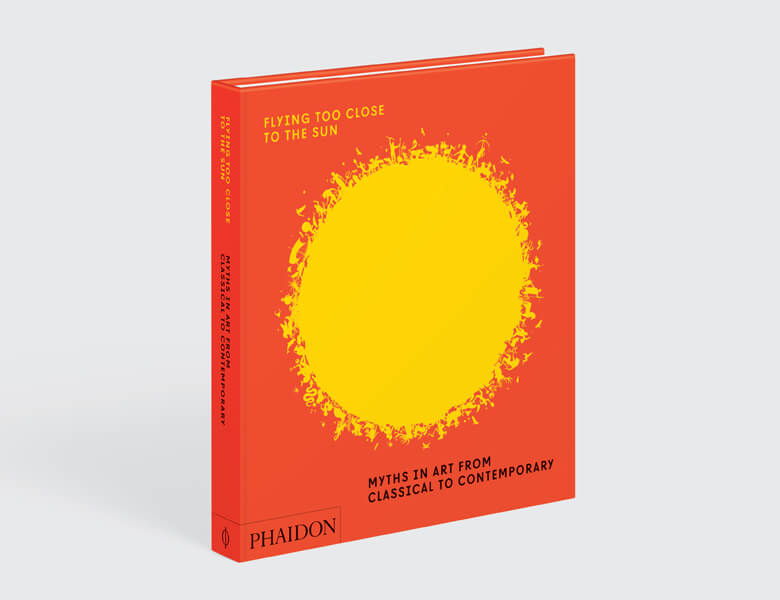
How to create a lover - the ancient way
A Valentine's Day lesson in art and love from our new book, Flying Too Close to the Sun
The idea that we can create, rather than merely court, a lover is ancient, as our new book, Flying Too Close to the Sun: Myths in Art from Classical to Contemporaary, makes clear.
“Pygmalion was a mortal sculptor from Cyprus,” explains the text in Flying Too Close to the Sun. “Disgusted by the immoral behaviour of a group of young women from the local town of Amathus, he carved a perfect woman out of ivory. He fell in love with his own creation, praying to Aphrodite that he might have a wife similar to his ivory maiden. The goddess granted his wish, and before Pygmalion’s eyes – and under his clammy touch the ivory warmed and softened into flesh. The Pygmalion story has been used prolifically as a metaphor for the production and reception of art.”
For a long time Pygmalion served a jolly allegory for art’s capacity to transform artifice into sensuous realism. Consider the French artist Jean-Léon Gérôme’s 19th century depiction of the myth (top), in which “the sculptor breathes life into his creation in the midst of his studio – or perhaps Pygmalion is being graced by her kiss, falling into her embrace as she leans from her pedestal.”
That’s a happy couple, regardless of who made whom. However, in more recent depictions of the tale the tone changes, as the notion of manufacturing a sexual partner is less a distant fantasy and more an imminent reality.

Take a look at US artist John Deandrea’s 1980 life-sized sculpture, The Artist and his Model, which, is as our new book explains is “so uncannily lifelike that it gives viewers a shock, leading them to mistake the hyper-real sculpture for living bodies – an illusion only broken by the realization that the couple do not breathe or blink. The figures’ flesh is plastic, cast from life using quick-setting plaster and silicon moulds, and their skin is meticulously painted.”
No leaning in for a kiss, here. Instead, this latter-day Pygmalion seems less pleased with his work, more lost in the magnitude of his creation, or even unsure of what comes next. It’s certainly not as romantic a scene as Gérôme, but maybe a more accurate depiction of that moment when a skilled engineer creates a convincing, artificial romantic surrogate. Happy Valentine's Day!

For more on acient myths and the works that inspired them order a copy of Flying Too Close to the Sun here.